How to Talk With Second Graders About Skin Again
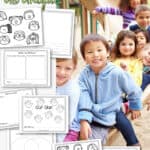
Download these diversity activities for kindergarten to help explore the concept of differences in your early learning classroom.
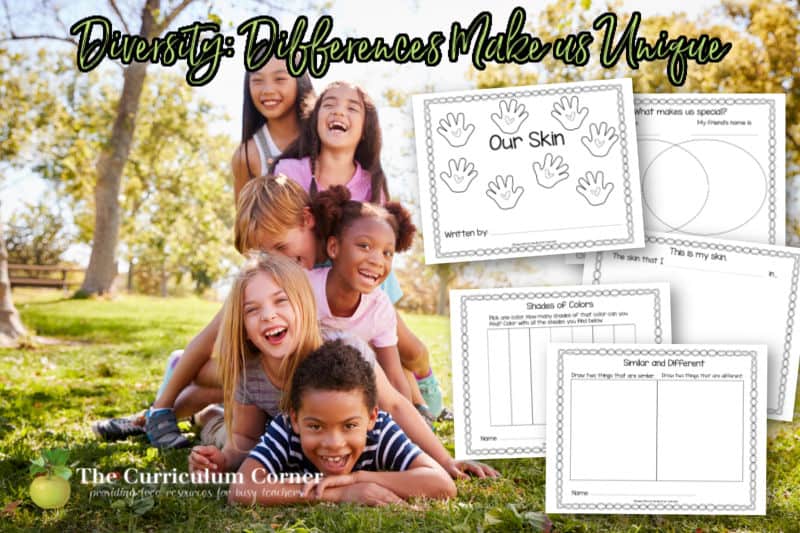
This is another gratuitous collection of resources from The Curriculum Corner.
These diversity activities for kindergarten and other immature learners will be an engaging addition to your classroom.
The purpose of these diversity lesson plans is to assist children explore and embrace differences amongst the class.
This drove is newly updated.
The ideas in this diversity unit were developed with the help of April Chadwick. Thank you so much for helping u.s.a. get this put together!
We hope your children savour these lessons to assistance promote an understanding of diversity in the classroom.
These ideas might fit into your preschool, kindergarten, first class and even 2d grade classrooms.
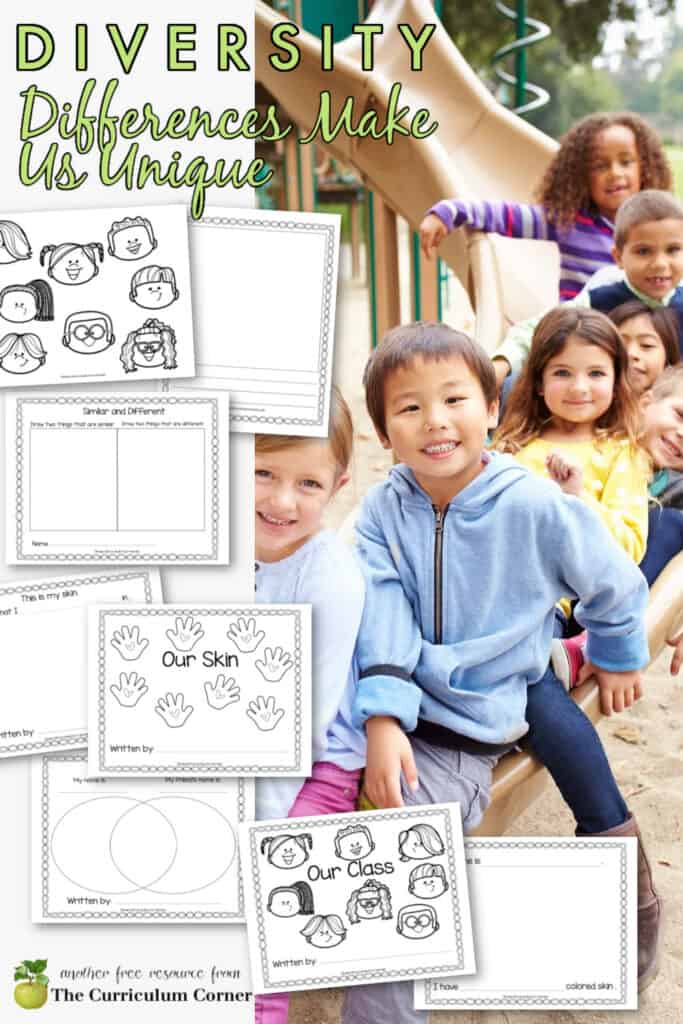
Books to Share on Diversity
This variety unit is comprised of three books. These books can be shared as read alouds.
They would also exist practiced books to place at a listening middle.
If a recording is not available, record yourself or a student in an older grade reading the book aloud. Below we have included ideas for variety to back-trail the reading of each book along with printables when needed. If you take additional ideas for diversity for these read alouds, please share your them beneath!
- Shades of People by Shelley Rotner and Sheila M Kelly
- The Colors of Us by Karen Katz
- The Skin You Live In past Michael Tyler
As you read each book, spend time locating the title and author. Also find the front and back covers along with the title pages.
Introduction to Multifariousness in the Classroom
Discussion Starter: What colors of peel tin different people accept?
Our first page contains an array of faces.
Discuss with your class different skin colors. Yous might even provide students with multicultural crayons or markers that have a range of skin colors.
Equally you talk about different peel colors, students can colour their paper using different crayons.
These pages can serve as a visual representation for students throughout your diversity study.
These can be helpful for young children because they provide physical testify for understanding.
Shades of People
Introduce vocabulary: Shades – a range of colors between dark and light (for example navy, blue and heaven blueish)
To help students improve understand the concept of shades, place a large bucket of assorted crayons in the centre of your class discussion.
Have each student find a red crayon (make sure there are not enough true red crayons for every student.)
When each pupil has found a crayon, compare the unlike colors they run across and explain that each is a shade of blood-red.
Students can follow up by coloring the Shades of Colors page. This tin can be done with different shades of whatever color.
Diversity Egg Lesson
This is an older lesson that is ofttimes used with younger students.
One folio in the book Shades of People says "Our pare is just our covering, like wrapping paper. And, you lot tin't tell what someone is like from the color of their pare."
Use the Eggs: Alike or Dissimilar recording folio. Show the students different eggs (such as white and dark-brown).
Have them show what they run across on the outside. And then, they will predict what the inside of the egg volition look like based on their observations.
Once the eggs are open, students will record what they see. Compare what we learned from the eggs and chronicle information technology to the passage in the volume.
This book may besides exist used as a mentor text for writing workshop. Create a text for the form called "Shades of our School". Take pictures of adults and children around the school. Walk around the school as a class and expect for shades of people in other places throughout the schoolhouse (deli, function, library etc.)
Utilise the pictures in a class book.
Put a moving-picture show on each page and and so do a group writing activeness using two sentences. 1 will tell what the person looks like on the outside. The side by side will tell something about the person on the within.
The Colors of United states
Introduce Vocabulary: Similar –When things are akin.Different – When things are not alike.
To reinforce the vocabulary words, we advise using concrete items.
Gather familiar items, perhaps an apple, orangish, chocolate and lollipop.
Have students identify which items are similar and explicate how they are similar (an apple and orange are fruits, shaped like spheres, juicy.)
And then students will observe objects that are different (an orangish and chocolate.)
They volition explain how the items are different. Go along to review these vocabulary words throughout the week.
The book Colors of United states tin can be used to become children thinking while they listen to the story. While reading ask questions:
- After looking at the cover of the book and hearing the title of the story what practice yous think this book will exist about?
- Afterward reading the first page asks, "How former is Lena?" After soliciting answers ask "Why does Lena say she is the color of cinnamon?"
- Later on reading about Isabella ask, "Does Isabella's skin colour wait like the color of chocolate block?"
- Afterwards reading the story ask, "Practise yous recollect it is okay that Lena and her friends are unlike colors?"
Lead a class discussion on foods that each kid's skin can be compared to.
Create a course book using our This is my skin page.
Students will share their name and the food they tin can compare their pare color to.
Have students draw a picture of themselves or accept a photo to add that emphasizes the color.
We have created an anchor chart that might aid children get started. I am the color of… Anchor Chart
Mitt Print Art
You lot can use the lined pages with a box that nosotros included in our diversity download or bare white paper.
Provide students with yellow, white, brownish and reddish paints. They can and then mix until they become the perfect shade for their skin. In my classroom, I gave students small paper plates to mix the paints on.
They can and then exercise a handprint using their paint.
And then have student work together to mix paints till they get the shade of their skin.
Hang hands on bulletin board under the title "The Colors of Us".
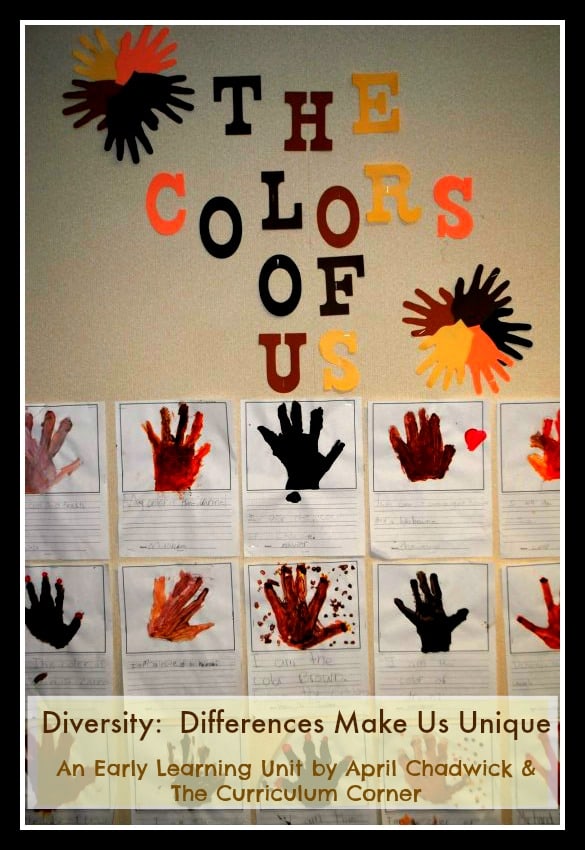
The Skin You Live In
While reading inquire questions:
- After reading the page "It'due south baby born new peel and your family as well pare, and glows when it shows that it knows we dearest you skin!" Ask students if the people pictured on the page is a family. Why or why not?
- After reading the book talk over how in our class we are the same or unlike. What makes each of us special in our classroom?
Writing Activity:
Requite each student a copy of the "This is my skin" page.
Students what they do in their skin and illustrate their page.
When all students have completed the task, yous tin can put the pages together to create a class volume
Nosotros have provided a encompass or yous tin have a class comprehend to create a folio.
What Makes U.s.a. Special?
Use this Venn Diagram to conclude your study.
Take students work with a partner to list ways they are alike and different.
For younger students, you might pick two characters from a volume and complete this task together.
Adding Music to Your Learning
Songs tin exist a corking way to go students moving and to help them call up what is being studied. Here are ii songs we like that fit this written report on diversity:
Sesame Street : Colour of me Song
Everyone is Dissimilar by Lanny Sherwin
You lot can download this multifariousness for early learning classrooms prepare here:
Download
Looking for the books and supplies mentioned higher up? You can find them using our Amazon links (contains affiliate links.)
CCSS Literacy Standards Met In This Unit of measurement:
- CCSS.ELA-Literacy.RL.K.iv: Ask and answer questions near unknown words in a text.
- CCSS.ELA-Literacy.RL.1000.five: Recognize common types of text
- CCSS.ELA-Literacy.RL.G.6: With prompting and support, name the author and illustrator of a story and define the office of each in telling the story.
- CCSS.ELA-Literacy.RI.Thou.5: Place the front cover, back embrace, and championship page of a book.
- CCSS.ELA-Literacy.RI.K.10: Actively appoint in group reading activities with purpose and understanding.
Thank you to EduClips for the child faces clip art.
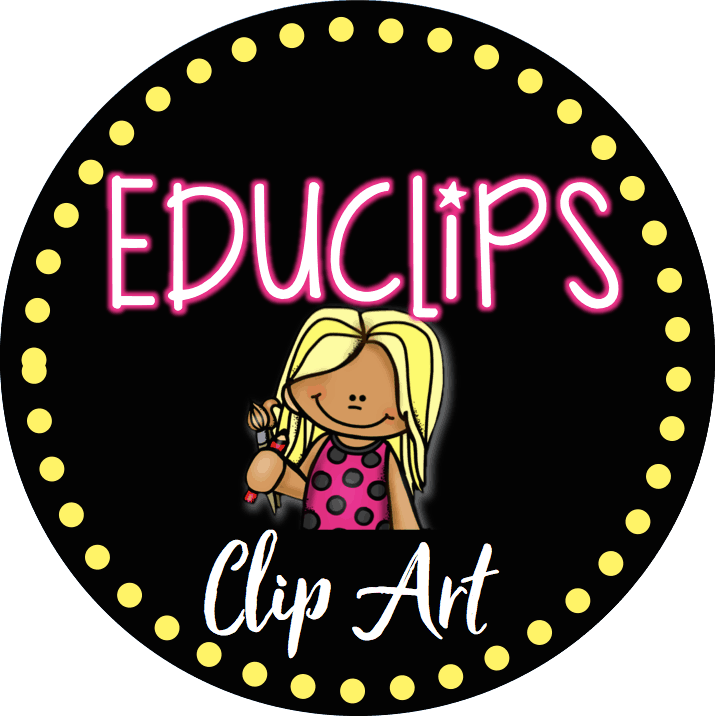
As with all of our resources, The Curriculum Corner creates these for free classroom utilise. Our products may non be sold. Yous may print and re-create for your personal classroom utilize. These are also great for home school families!
Y'all may not modify and resell in any class. Please let us know if you have whatsoever questions.
Source: https://www.thecurriculumcorner.com/thekindercorner/diversity-differences-make-us-unique/
Post a Comment for "How to Talk With Second Graders About Skin Again"